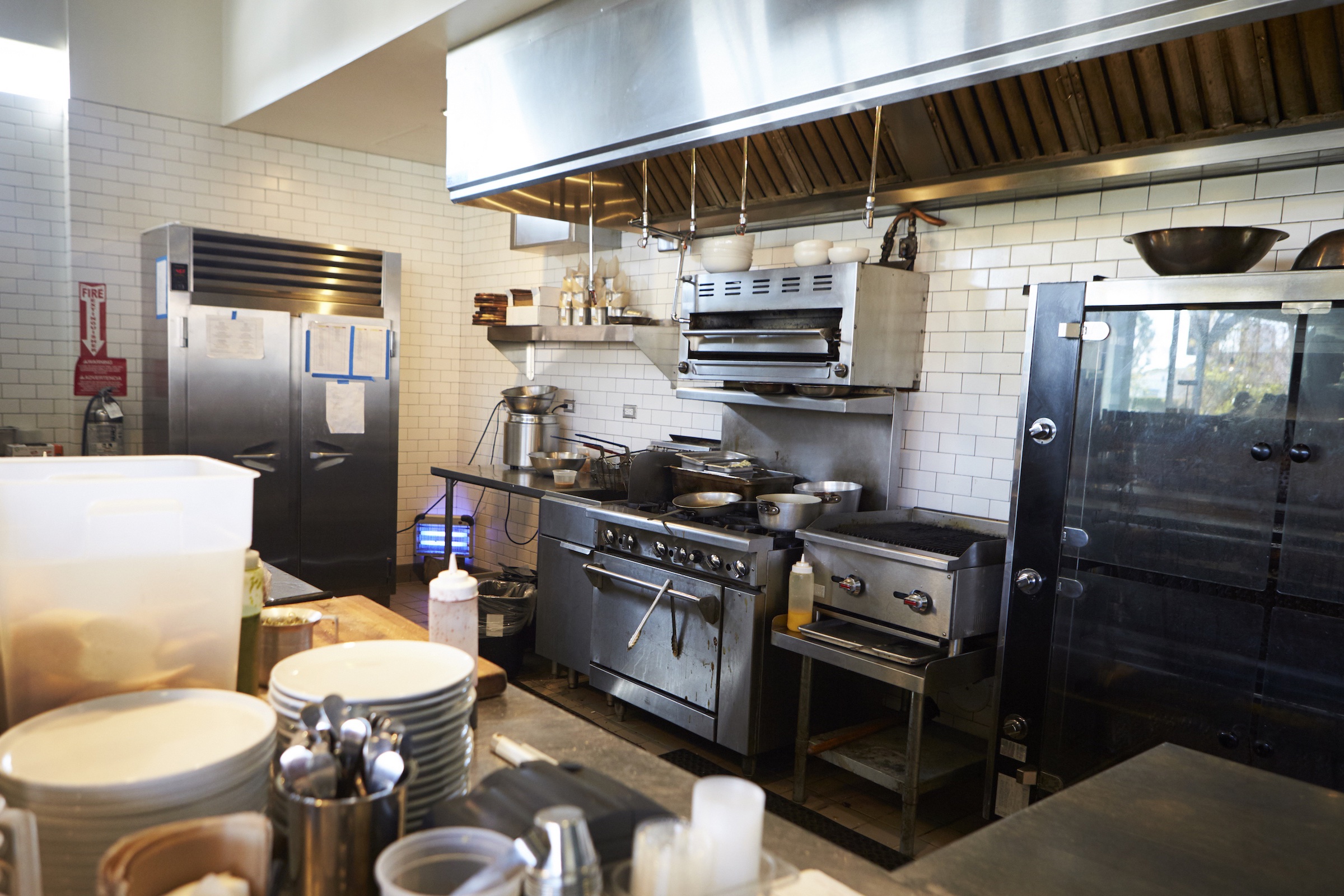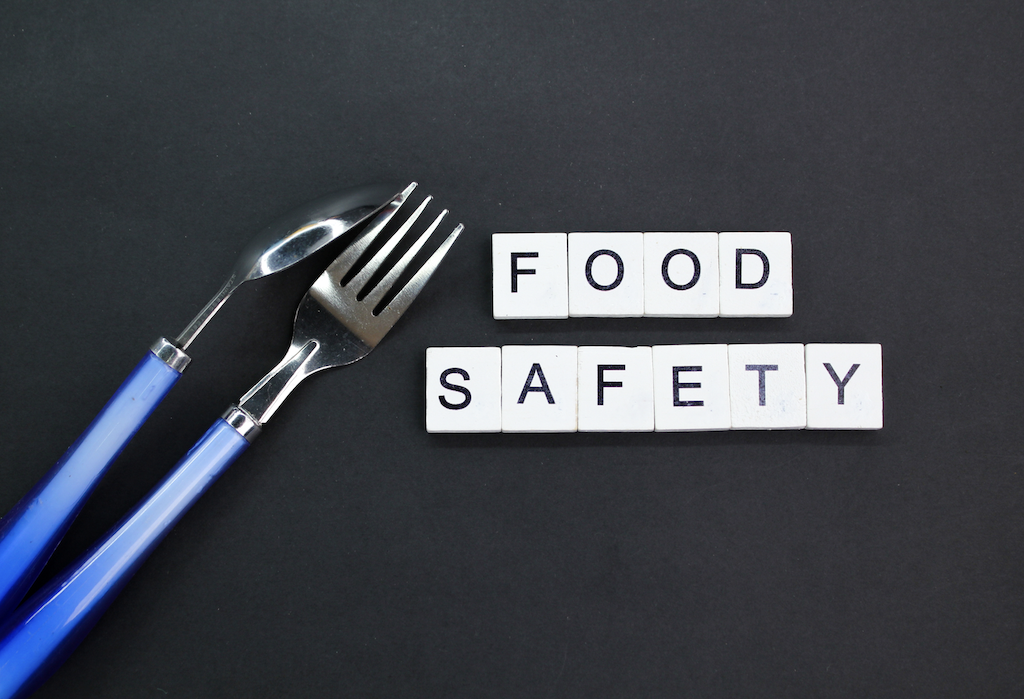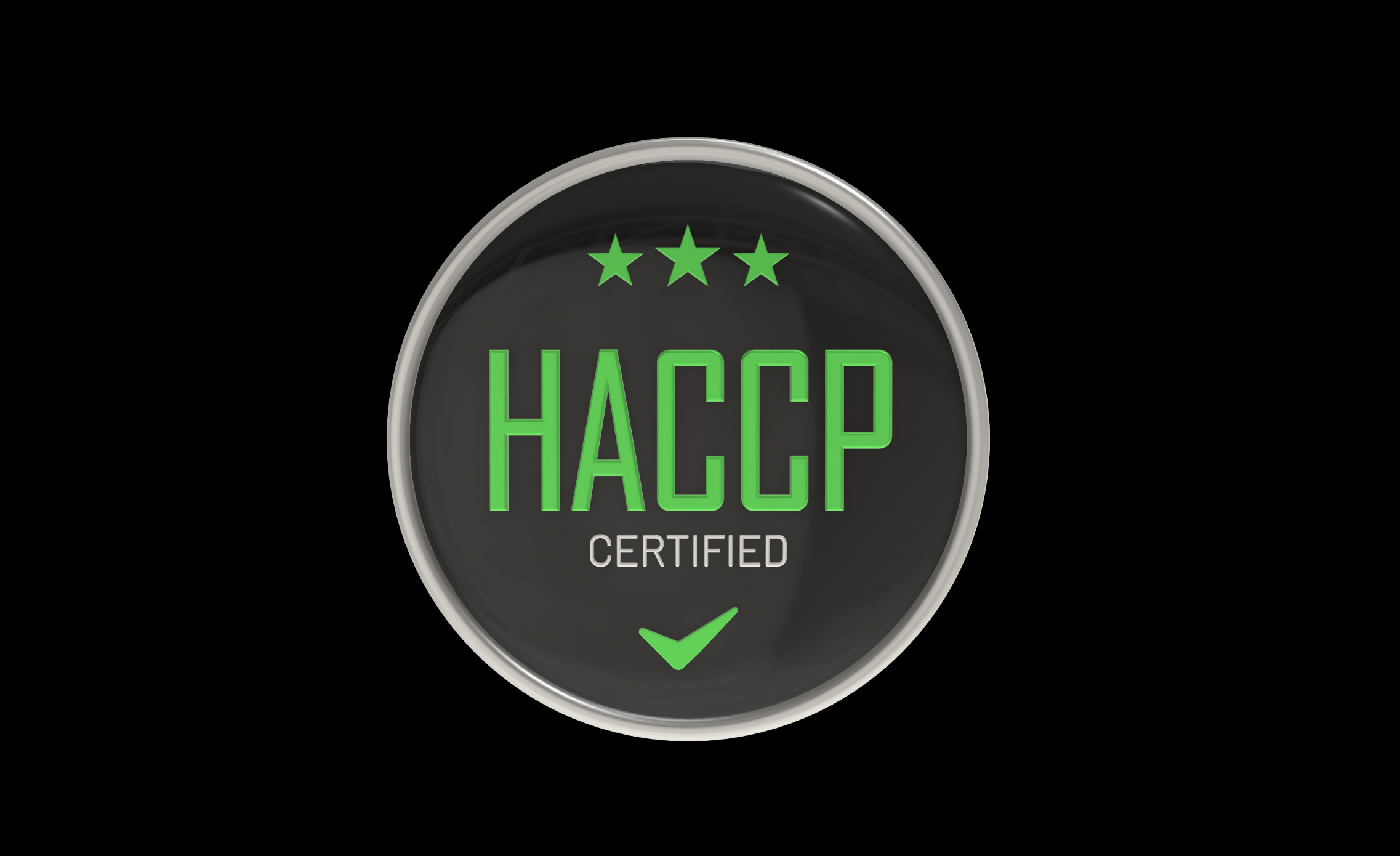Ensuring food safety goes beyond meeting regulatory standards; it’s foundational to building a trusted brand in the competitive restaurant industry. Every step taken, from kitchen preparation to serving the table, influences how customers perceive and trust your establishment.
Restaurants must go beyond offering great food and customer service because the food industry is very competitive. High cleanliness standards are essential for securing your brand, positive reviews, and repeat customers. More than ever, customers consider cleanliness important when choosing a restaurant. Highlighting these standards protects your reputation and fosters loyalty, distinguishing your brand in a competitive market.
Restaurants face safety challenges in their back-of-house (BOH) areas, including kitchens, refrigerators, and freezers. A comprehensive digital monitoring system can mitigate potential issues and help restaurants uphold their brand’s reputation.
By consistently delivering safe, high-quality dishes, restaurants can cultivate a positive reputation, retain loyal customers, and sustain long-term success in the competitive food industry.
Why Food Safety Matters
Food safety is not just a legal requirement but rather a crucial “cost” of customer satisfaction. Imagine a guest enjoying a delightful meal, only to fall ill later due to mishandling. Such incidents jeopardize health and tarnish your brand’s reputation and profitability.
Building Trust Through Practices
To integrate food safety into your brand identity, implement rigorous hygiene protocols. Thoroughly train your staff in food safety handling, storage and labeling practices. Consistency is key—every team member should diligently adhere to these standards. By upholding rigorous safety protocols, your restaurant guarantees your customers’ health and well-being and showcases a dedication to excellence that resonates with today’s consumers.
Leveraging Technology
Embrace technology to elevate food safety standards. Implement digital monitoring systems in kitchens and invest in temperature monitoring solutions. Tech advancements boost efficiency while also ensuring compliance with safety regulations.
Prioritize Staff Training
Prioritizing the training of restaurant staff is essential. Comprehensive training programs and digitized monitoring systems should cover hygiene maintenance, temperature monitoring and food labeling.
Adhere to Food Safety HACCP Regulations
Food safety standards reduce foodborne illnesses and ensure compliance with food safety standards; restaurants need to develop a comprehensive food hygiene strategy based on government regulations. Compliance with HACCP regulatory standards is a must and key areas to address include staff training, maintaining personal hygiene standards, temperature management, and following safe food handling procedures.
High-Quality Digital Food Safety Management System
Ensuring food safety and long-term business success requires restaurants to prioritize investing in robust solutions. Maintaining proper storage conditions, including temperature control and optimal hygiene practices, is crucial for preventing food spoilage and ensuring customer safety and satisfaction. This approach significantly reduces the risk of foodborne illnesses and protects your restaurant’s brand. Additionally, effective storage practices preserve ingredient quality and freshness, minimizing food waste and enhancing cost efficiency through digital food labeling.
PathSpot’s SafetySuite: Integrating Food Safety Into Your Restaurant’s Brand
PathSpot leads in food safety technology, partnering with your restaurant to integrate food safety into your brand’s identity.
PathSpot’s SafetySuite provides various hardware and software tools to streamline your restaurant operations and help protect your brand. From PowerTemp for precise temperature monitoring, PowerTasks for digital task management, PowerLabels for efficient labeling, and our flagship product, the HandScanner, with a robust data hub providing 24-7 access to your analytics, PathSpot delivers automation while improving your restaurant’s brand safety. By integrating these BOH tools, you can establish a comprehensive, automated digital solution that supports every aspect of your restaurant’s safety standards, and will help elevate your brand’s food safety practices.
Conclusion
Integrating food safety into your restaurant’s brand identity isn’t merely a procedural step—it’s a commitment to excellence and to your customers. By prioritizing hygiene, transparency, and technology, you not only safeguard your patrons’ health but also enhance your reputation as a reliable dining establishment.
In today’s competitive restaurant landscape, food safety isn’t just a practice—it’s a promise you make to every guest who walks through your doors.
Partner with PathSpot to elevate food safety procedures and ensure your restaurant’s brand remains secure. Book a demo today to explore how our innovative solutions can elevate food safety, streamline operations, and optimize costs while keeping your patrons happy, safe, and loyal to your restaurant.
Book a demo today with Pathspot! PathSpot Demo










